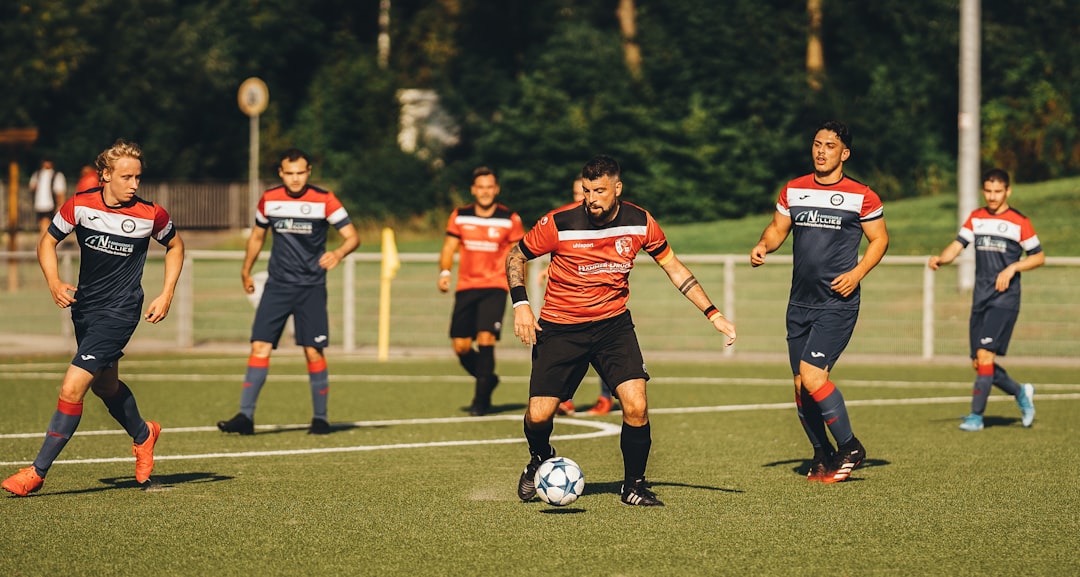In the competitive world of American soccer, speed and agility are critical attributes that can often be the deciding factor between a good player and a great one. While talent and tactical understanding are crucial, the physical ability to outrun, outmaneuver, and react quickly to game situations provides a significant edge. For soccer players in the USA, where athletic standards continue to rise, adopting targeted training strategies to boost speed and agility is essential for player development.
The Importance of Speed and Agility in Soccer
Speed allows players to get to the ball faster, make penetrating runs, chase down opponents, and recover defensively. Agility complements speed by enabling quick changes of direction, balance control, and reactive movement — all of which are indispensable during dribbling, tackling, and positional play.
To increase both physical traits, a combination of strength training, plyometrics, sprint drills, and technique optimization is required.
Best Practices to Improve Speed and Agility
1. Strength Training
Building foundational strength, especially in the lower body, prepares muscles for explosive movement. Exercises such as:
- Squats
- Deadlifts
- Lunges
help develop muscle groups that are directly responsible for sprinting and jumping. Core exercises like planks and Russian twists are also important for stabilizing the torso during swift directional changes.
2. Sprint Drills
Progressive sprint training helps players increase acceleration and top-end speed. Common drills include:
- Short sprints (10 to 30 yards) to improve acceleration.
- Resisted sprints using parachutes or sleds.
- Overspeed training utilizing bungee cords or slight downhill slopes.

3. Plyometric Exercises
Plyometrics develop explosive power and enhance neuromuscular coordination. Ideal plyo exercises include:
- Box jumps
- Lateral bounds
- Single-leg hops
- Depth jumps
These drills mimic the types of movements performed during matches, making the transition from training to gameplay more fluid.
4. Agility Ladder Drills
Agility ladders are widely used in soccer for foot speed and coordination. Useful ladder patterns involve:
- In-and-out steps
- Lateral high knees
- Ali shuffle
The more frequently a player completes these drills at high intensity, the greater their neuromuscular response time, which directly boosts agility.
5. Cone Drills
Set up cones in various formations (zigzag, square, and T-patterns) to simulate real-game scenarios where dynamic turns and quick shifts are required. Players run through cones performing sharp pivots, brake-to-sprint transitions, and backpedaling to enhance body control and acceleration from awkward angles.

6. Consistency and Recovery
Training for speed and agility needs to be part of a regular schedule — ideally 2–3 times per week. However, rest and recovery are just as important. Implement rest intervals, foam rolling, stretching, and proper hydration to enable muscle repair and reduce injury risk.
USA-Specific Considerations
In the United States, many soccer players compete in school and club systems simultaneously. Time constraints and overuse can be an issue, so integrating quality over quantity is key. Utilizing professional strength and conditioning coaches, commonly available at high-performance centers across the USA, is one way athletes can ensure they are training smart as well as hard.
Conclusion
For soccer players in the USA aiming to elevate their athletic performance, increasing speed and agility should be a top priority. With structured training routines that include strength building, sprint conditioning, agility drills, and recovery protocols, players can gain the physical tools needed to excel on the field. The journey from average to elite is not just about talent — it’s about how efficiently athletes train these components.
FAQ: Speed and Agility for Soccer
- Q: How long does it take to see results from speed and agility training?
A: Most athletes start seeing noticeable improvements in 4–6 weeks with consistent training and proper technique. - Q: How often should soccer players train for speed and agility?
A: 2 to 3 sessions per week outside of regular practices are ideal for optimal results without overtraining. - Q: Are agility drills safe for youth soccer players?
A: Yes, as long as the drills are age-appropriate and performed under supervision to ensure proper form and prevent injury. - Q: Can improving agility reduce injury risk?
A: Definitely. Better agility improves balance and control, which helps athletes avoid falls and awkward landings.



